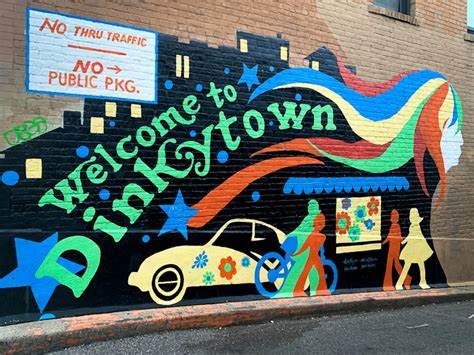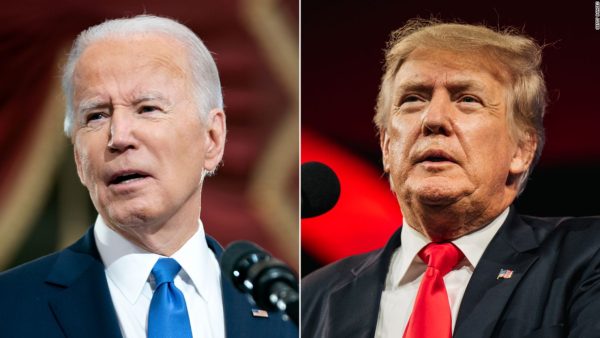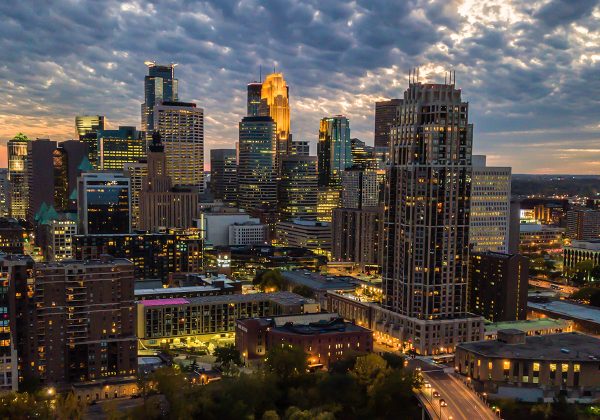Iranian Protests Highlight Toll of Sanctions
February 16, 2018
The Islamic Republic of Iran has experienced civil unrest from late December up to the present day. This unrest has led to twenty-one confirmed deaths and over five thousand arrests across the country. The leader of Iran, Hassan Rouhani, despite being considered a moderate, has failed to heal the wounds that the previous president Mahmoud Ahmadinejad inflicted on the Iranian people. Ahmadinejad was notoriously anti-western, causing crippling sanctions against the country while his successor ran on a platform to open up relations with the west; including talks about their nuclear programs. The protests originally began in the city of Mashad on December 28th, sparked by the rising prices of essential products like eggs which put further pressure on an already stagnant economy.
Western sanctions against Iran have taken such a toll on the average Iranian that even social issues are being questioned. The unrest is quite popular with the Iranian working class under the age of 25 but has spread across multiple demographics. A large portion of the protestors are women fighting for improved treatment under the current interpretation of Islam. Iran is the Islamic Republic in which social law is dictated by an interpretation of Twelver Shia Islam from the Supreme leader of Iran, Ayatollah Khamenei. Women have been taking off their chadors and hijabs, traditional Islamic head coverings required by the state, and waving them in public calling for an end to women’s oppression.
Women across Iran have been using the hashtag #WhiteWednesday to bring awareness to the movement on social media. The hashtag references the controversial history of Iran’s social policies. In 1963 the last Shah of Iran, Mohammad Reza Pahlavi, implemented a series of reforms to the country including the enfranchisement of women and secularization of society. The secularization angered the Shia clergy, who designed the Islamic Republic after overthrowing the shah.
One of the shah’s reforms was forcing women to take off their traditional headscarves, clothing that adhered to Islamic law. Similar the current policy in Iran, women did not have a choice either way. Many women were angered about being forced to adhere to secularization. After the Islamic revolution in 1979, women were forced to cover their hair and neck by the religious authorities who took control of the country. Now, women are protesting the government’s interference in personal choices. Only this time, they are taking their scarves off instead of wearing them.
Recently Rouhani has lightened the punishments for women forgoing their veils in public, but there are still religious police roaming the streets enforcing the Ayatollah’s will. For example, women who drive cannot be arrested for not adhering to the law, but they can still face fines. Rouhani has addressed the problem openly and brought attention to the suffering of the working class due to sanctions. He also argued for an increase in government transparency. However, Rouhani’s policies must be in accordance with what is tolerable according to the religious leaders, the de-facto leaders of the country. Even if social change occurs, it will most likely not end up in a political revolution. Unfortunately, the Shia clergy has a strong consolidation of power. The highest elected leaders, including Rouhani, are all Islamic scholars. This makes radical social change extremely unlikely.
The protests have been criticized by the government, as they allege that foreign propaganda was utilized in an attempt to bring down the regime. This position has slightly changed, as Rouhani recently acknowledged the economic conditions that contributed to the protests. Even the supreme leader has noted that the Islamic Republic must listen to its residents to accommodate its society to an ever-globalizing world. A concern of Rouhani, and of all of Iran, is the role hardline conservative Islamic forces have played in the protests. There have been allegations that protests are being promoted by Rouhani’s opponents in order to destabilize the regime. To combat this possibility Rouhani will continue to push for reforms that appease popular demands while also pushing back against conservative socio-political policies. This move will expose a reactionary right-wing movement, assuming one even exists anymore.














